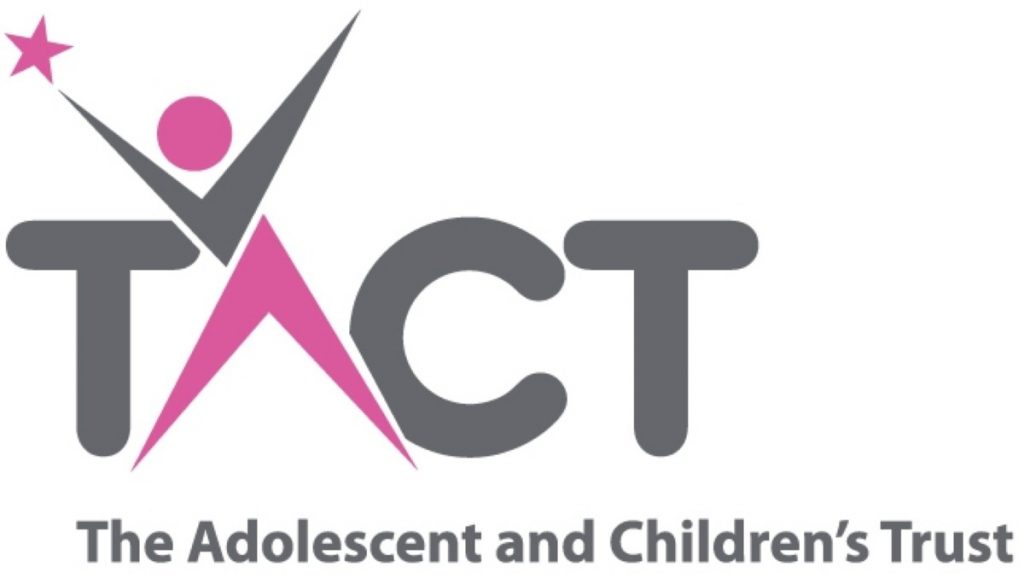TACT publishes its ‘Call to Action’ for the new Government
TACT campaigns for improvements to policy affecting children in care across the UK. We work with politicians, civil servants and other stakeholders using our expertise and experience as a service provider to argue for positive change.
A general election provides a good opportunity to set out what we believe should be the priorities for the incoming government. Our Call to Action identifies seven key areas for change. We have spoken to social workers, foster carers, adoptive parents and, most importantly, young people in care and care leavers to ask them how they believe the care system could improve. The Call to Action gives an outline of the main issues in each area, explains the impact and identifies the key actions we believe need to be taken.
callAs our key priority we have identified the needs of adolescents entering the care system as our headline issue. This is because time and time again our experience tells us that those who enter care for the first time when older are particularly vulnerable to risk, negative experiences and poor outcomes in care. As well as being TACT’s lead area for action, it also cuts across many of the other areas we cover.
The areas covered in the Call to Action are:
- A stronger focus on the needs of adolescents entering the care system
- Investment into and effective implementation of Staying Put
- Improvement of educational outcomes for looked after children
- Improving access to mental health services for looked after children, adopted children and care leavers
- Prioritisation and effective measurement of wellbeing for looked after children
- Access to adoption support at an earlier stage in the process
- Changing Special Guardianship Order processes so they are used only when appropriate and allow for effective support
The Call to Action is a template for TACT’s policy and research work over the next few years. It sets out the framework for development of a system that will offer the best chances in life to all those entering care.
Further information
- Read Call to Action 2015: building a brighter future for children in care
- If you would like to speak to us about our Call to Action contact Gareth Crossman, TACT Executive Director of Policy, Communications and Fundraising on g.crossman@tactcare.org.uk or 020 8695 8120





-01.png)